In this blog post I report on the coloring of onyx parts. A customer asked me before the weekend whether ONYX components could be colored with metal paint. I couldn't answer this question. So I had a challenge for the weekend: I had to try it out immediately - spraying an ONYX component with metal paint and coloring it.
Having tried to color plastic in the past, I knew there would be problems. The paint did not adhere properly to the surface and damaged it, and the thinner caused damage to the plastic component. I had some motorcycle parts that suffered a lot from the paint and I didn't know how ONYX would react - so I tried it. As you know ONYX is quite stable and durable. It can easily come into contact with coolant and hot water and still be used for a long time. So I hoped that I could also spray ONYX with the metal paint without any problems.
After a visit to my local paint supplier, I started the experiment. First, I sprayed an adhesion promoter onto the part to ensure that the surface was completely free of oil and fingerprints. I recommend the adhesion promoter - PlastiGrip Pro XL - as no further work needs to be done afterwards and it also dries very quickly.
For three reasons, I then decided not to carry out any further mechanical preparation on the printed surface:
1. i wanted a part painted "straight from the printer".
2. smoothing the surface would have given me "less adhesion". The standard surface is excellent for spraying and saves a lot of time that is traditionally needed when etching or fitting particularly smooth parts.
3 I wanted to see what the area would look like with support material.
After a few coats of adhesion promoter, I followed with a gray undercoat, which I quickly inspected to make sure it was sticking properly. Satisfied with that, I applied two top coats of the metal spray paint - standard Honda swing arm silver. Then two more coats of UV resistant paint and I got the following results.
Conclusion:
ONYX sprayed very well in my simple tests, so I see no reason why it shouldn't work in a workshop. I had no chemical reactions with the bonding agent, paint or varnish. The support area was still visible through the painted surface, maybe next time I will prepare something there if it matters. Why don't you give it a try too! I would love to see the results.
Ian




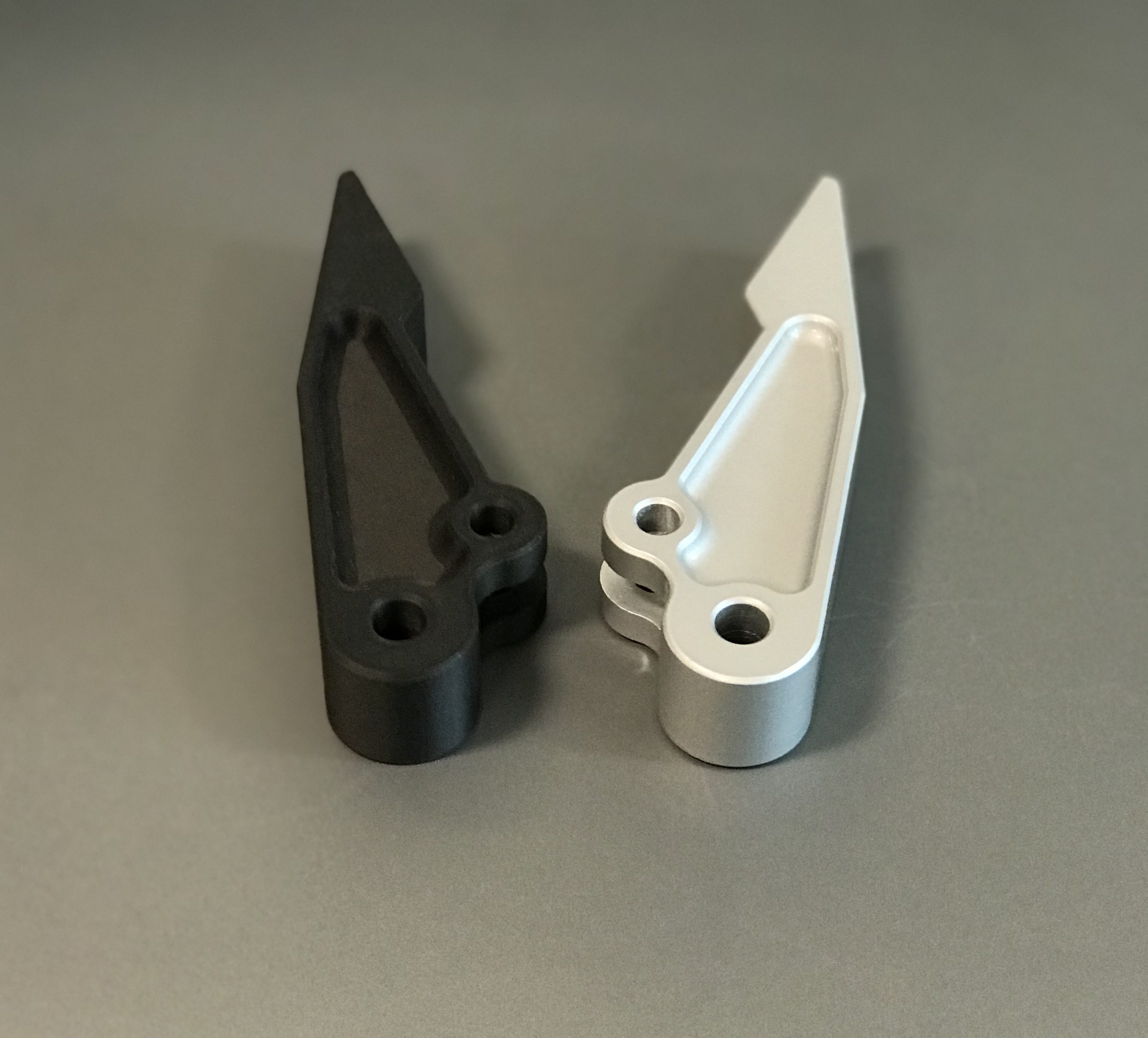
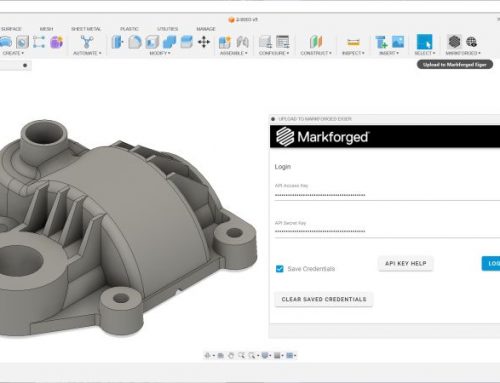
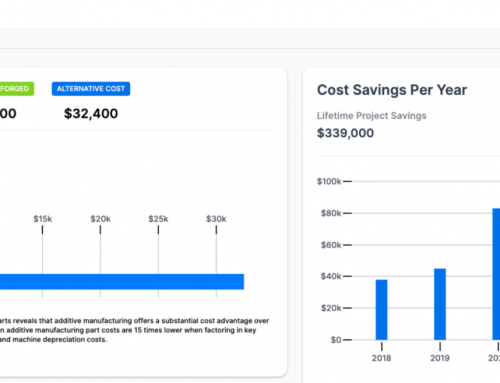
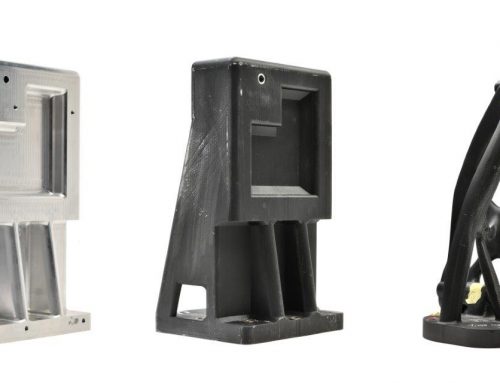
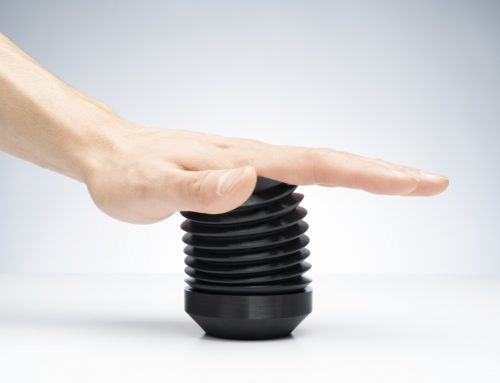
Hinterlasse einen Kommentar